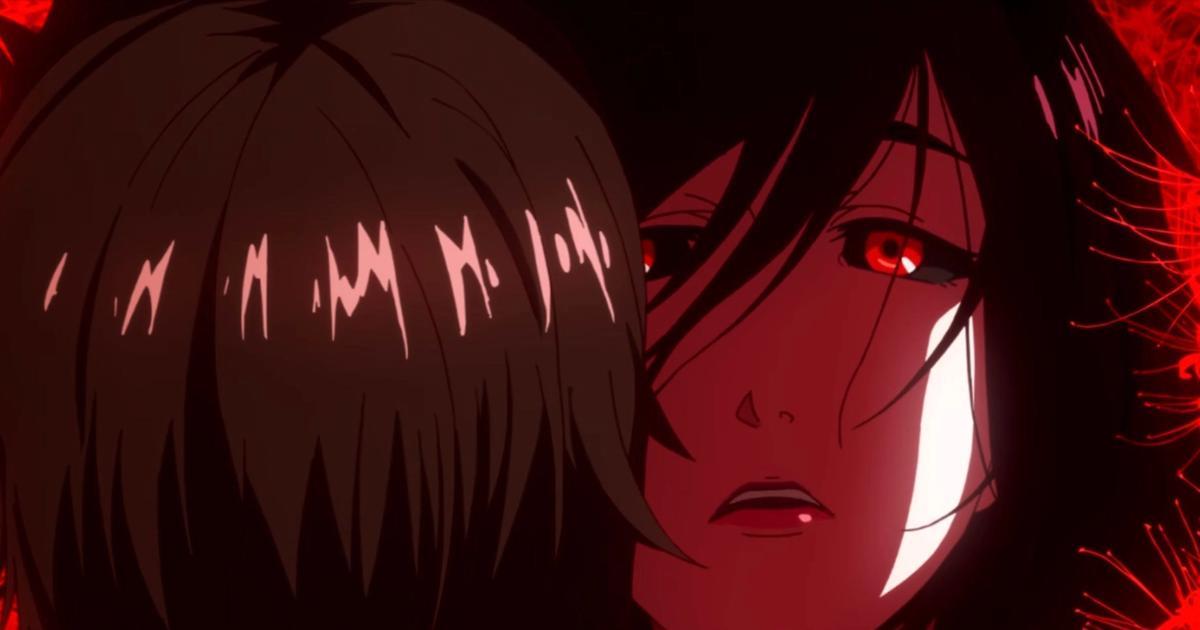In many ways, Japanese anime shares a universal language with the world. However, there are still plenty of anime tropes rooted in Japanese culture, including anime’s red flower of death.
Recently, Lycoris Recoil shared striking images of the notorious flora:
However, the flower has been seen in countless other series, from contemporary hits like Demon Slayer to classics like InuYasha. The flower has a deep cultural meaning in Japan, as explained below.
What is Anime’s Red Death Flower?
The red flower in many Japanese anime is lycoris radiata, more commonly known in English-speaking regions as the red spider lily.
The flower has a few different names in Japan, but the most common is higanbana.
As the English name suggests, it is notable for its spindly flowers that look like spider legs and small, curling leaves.
What Does the Red Spider Lily Symbolise in Japanese Anime?
The red spider lily is a known symbol in Japanese culture and is generally associated with death, although it can also be used to represent a dangerous passion, like love.
There are many reasons for this association that come from both religious culture and general life in Japan.
Firstly, the red spider lily, or higanbana, is poisonous, as urgently clarified by the LycoReco artist:
Because they are poisonous, Japanese farmers plant higanbana around their fields and paddies to protect them from animals. Higanbana flower during heavy rainfall, which has led to them naturally spreading across Japan; there are wild fields of red spider lilies and they are often seen growing on riverbeds.
Higan is the name for the other side of Japanese Buddhism's Sanzu river, which separates the living and the dead, similar to the Styx in Green mythology. Higanbana can be translated as ‘flower of the distant shore’.
Higan is also a Buddhist holiday celebrated for a few days in Japan during the spring and fall equinox. Now a national holiday, it used to be a slower period for farmers to evaluate their faith, with strong themes of change and rebirth.
During contemporary higan, Japanese people will pay respect to their ancestors. As the higanbana represents passing to the other side of the river and flowers during the fall, people will often leave the flower at graves and other shrines as a mark of respect.
So, for Japanese people, the red spider lily immediately evokes memories of graveyards and similar locations, or wild rivers and dangerous fields.
Thanks to generations of symbolism, in wider Japanese society and anime, most people know death is on the cards when a higanbana appears on screen!
Explore new topics and discover content that's right for you!
Anime






